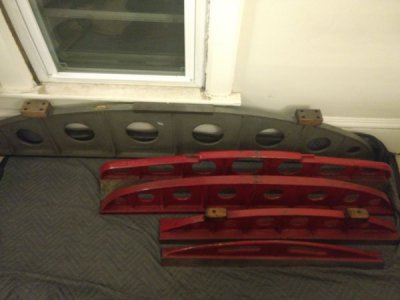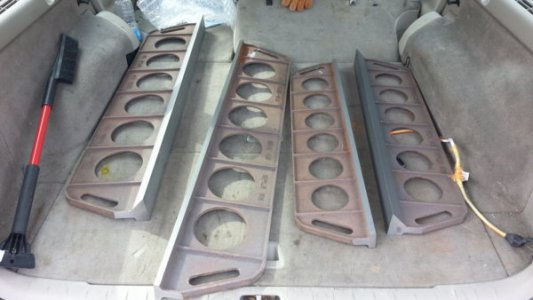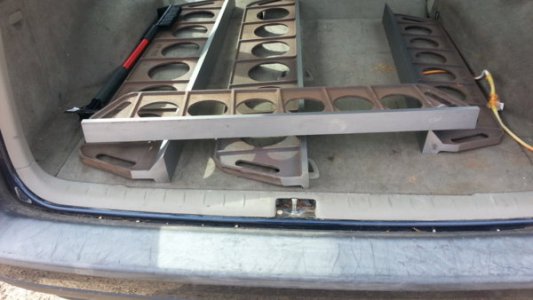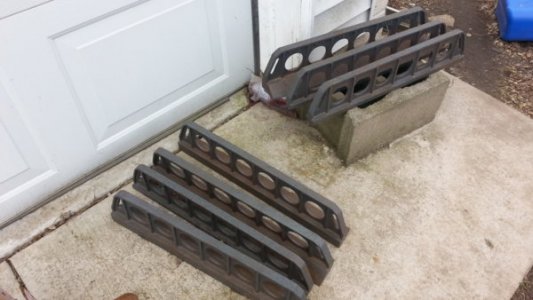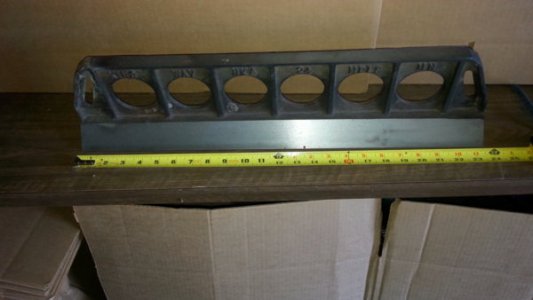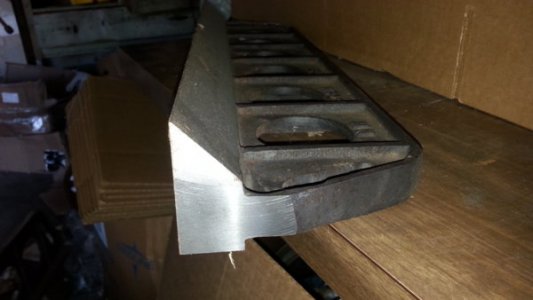- Joined
- Feb 1, 2018
- Messages
- 1,867
Tuning fork.....as in ringing a bell vs wringing a gage block. I usually lay the SE on it's side on a pipe and find the balance point and drill a 1/4 20 hole and tap it. If you don't have a lot of storage space you can set them on felt or styrofoam at 30% out to 25% on each side of scraped surface. I just checked and I see Challenge is still in business. I see they have the wood pads on the back, so you can flip it over and set it on those pads and braced so it doesn't tip over. http://challengeprecision.com/products/straightedges.html or email them and ask them.

